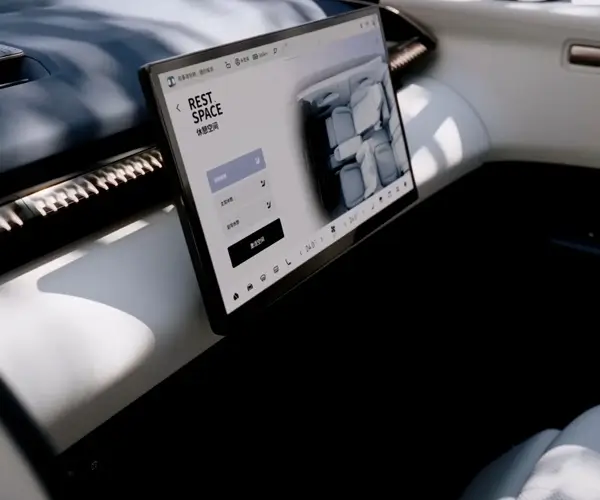Unveiling the Power of the SG90 Servo Motor: Your First Step into Precise Control
The world of electronics and robotics is endlessly fascinating, offering amateurs and experts alike a canvas to create, innovate, and solve real-world problems. Among the many components that make robotics accessible and affordable is the SG90 servo motor, a tiny powerhouse that can turn your ideas into reality with its precise control capabilities. But no matter how sophisticated the servo is, its magic begins with understanding the basics of wiring it correctly.

Whether you're building a robotic arm, a remote-controlled vehicle, or a smart home gadget, mastering the wiring of the SG90 servo motor is fundamental. The good news? Despite its tiny size, the SG90 is surprisingly straightforward to connect, thanks to its simple three-wire configuration. Let's explore what makes this servo special and the step-by-step process to wire it up correctly.
Why the SG90 Servo Motor Is a Favorite
Before delving into wiring, it’s helpful to appreciate why the SG90 is so popular among hobbyists. Its small footprint and lightweight design make it perfect for compact, portable projects. It operates on a voltage range of about 4.8V to 6V, making it flexible with common power supplies like batteries and microcontrollers. Its torque isn’t massive but enough for small to medium-sized applications, especially those requiring moderate precision and speed.
The Three Wires of Power, Ground, and Signal
At the core, the SG90 features three essential wires:
Red wire (Power/VCC): Supplies the voltage needed for the servo to operate. Brown or Black wire (Ground/GND): Completes the circuit, grounding the servo. Orange or White wire (Control/Signal): Carries PWM (Pulse Width Modulation) signals from the microcontroller to command the servo's position.
Understanding what each wire does is crucial — improper connection can lead to malfunction or even damage.
Essential Tools and Materials
Before wiring begins, gather these essentials:
SG90 servo motor Microcontroller (like Arduino Uno, Raspberry Pi, etc.) Compatible power supply (battery pack or regulated power source) Connecting wires (jumper wires work perfectly) Breadboard (optional but useful for prototyping) Multimeter (optional for troubleshooting)
Preparing Your Workspace
Create a clean, organized environment before starting. Double-check your components and ensure your power supply voltage aligns with the SG90’s requirements. Remember: powering the servo with too high voltage can damage it, while too low may cause insufficient torque.
Step-by-Step Wiring Instructions
Now, let’s get to the core part — wiring the SG90.
Identify your wires: Confirm the color coding—though it’s common, variations exist. Typically, red is VCC, black/brown is GND, and orange/white is signal. Connect the power wire: Attach the red wire to the positive terminal of your power source. For Arduino projects, connect it to the 5V pin. Connect the ground wire: Attach the black or brown wire to the GND pin on your microcontroller or power source. Connect the control signal: Attach the orange or white wire to one of the PWM-capable digital pins on your microcontroller (e.g., pin 9 on Arduino Uno).
Power Considerations
A common mistake for beginners is powering the servo directly from the microcontroller’s 5V pin without considering current demands. Servos can draw significant current, especially under load, which can reset or damage your microcontroller. To avoid this:
Use an external power supply capable of delivering at least 1A at 5V. Always connect the ground of the external power supply to the GND of the microcontroller to ensure a common reference point.
Testing the Connection
Once everything is wired, it’s wise to test the setup with simple code. For an Arduino, upload a basic sketch to sweep the servo from 0 to 180 degrees and back. If the servo responds smoothly, congratulations! You’ve successfully wired your SG90 servo motor.
Troubleshooting Tips
Servo not moving: Check wire connections, ensure proper power supply, and confirm the PWM signal is reaching the signal wire. Unexpected jitter: Too low PWM signals or power issues can cause this. Use a dedicated power source if issues persist. Overheating or noise: Ensure the servo isn’t overloaded or stalled, which can cause overheating.
Stay tuned for Part 2, where we’ll dive deeper into advanced wiring configurations, integrating the SG90 with microcontrollers like Arduino and Raspberry Pi, troubleshooting common issues, and enhancing your projects with multiple servos.
Kpower has delivered professional drive system solutions to over 500 enterprise clients globally with products covering various fields such as Smart Home Systems, Automatic Electronics, Robotics, Precision Agriculture, Drones, and Industrial Automation.




































